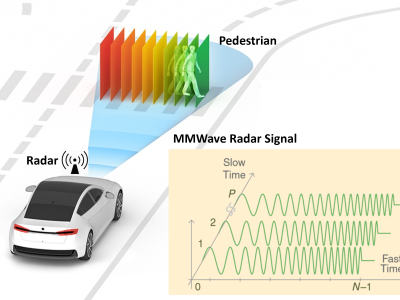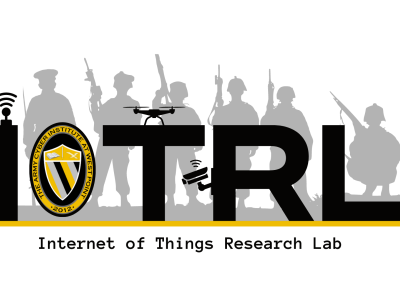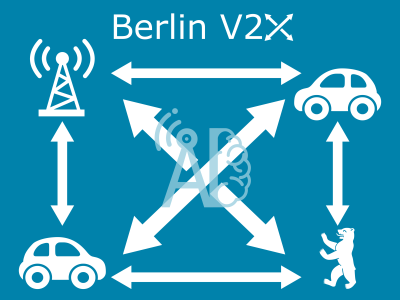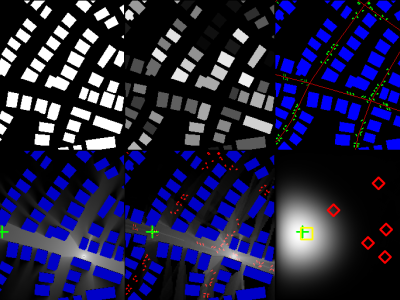Self-Adjusting IPT Pads for Efficient High-Power Wireless Charging of Electric Vehicles

- Citation Author(s):
-
Franck Soleil Mpio Mviri ( Member, IEEE Power Electronics Society (PELS))
- Submitted by:
- Franck Soleil Mpio Mviri
- Last updated:
- DOI:
- 10.21227/sptt-rk18
 90 views
90 views
- Categories:
- Keywords:
-
Abstract
Introduction
As electric vehicles (EVs) gain popularity, the demand for efficient and convenient charging solutions has surged. Inductive Power Transfer (IPT) technology offers a promising solution, allowing for wireless charging without the need for physical connections. Among the various advancements in this field, the development of self-aligning capability in IPT pads stands out. This technology not only enhances charging efficiency but also increases user convenience, making it a vital area of research and development for high-power wireless EV charging stations.
Understanding IPT Technology
Inductive Power Transfer (IPT) is based on the principle of electromagnetic induction. It involves the transfer of energy between two coils: a transmitter coil connected to the power source and a receiver coil embedded in the EV. When an alternating current passes through the transmitter coil, it generates a magnetic field, inducing a current in the receiver coil, thus transferring energy wirelessly.
Advantages of IPT
- Convenience: Users can park their vehicles over charging pads without worrying about connecting cables.
- Reduced Wear and Tear: The absence of physical connectors minimizes mechanical wear, leading to longer system lifespans.
- Safety: Wireless charging reduces the risk of electric shock and environmental hazards associated with exposed electrical connections.
The Need for Self-Aligning Capability
One of the critical challenges in implementing IPT technology is ensuring proper alignment between the transmitter and receiver coils. Misalignment can lead to reduced efficiency, increased energy losses, and even charging failures. Traditional systems often require precise positioning, which can be cumbersome for users.
Self-Aligning Mechanisms
Self-aligning IPT systems employ various mechanisms to automatically adjust the position of the receiver coil relative to the transmitter coil. These mechanisms can include:
- Magnetic Guidance: Utilizing magnetic fields to guide the vehicle into the optimal position.
- Mechanical Adjustments: Employing movable coils that can adjust position based on real-time feedback.
- Sensor Integration: Using cameras or proximity sensors to detect alignment and adjust accordingly.
Benefits of Self-Aligning IPT Pads
Increased Efficiency
Self-aligning capability significantly enhances the efficiency of wireless charging systems. By ensuring optimal alignment, energy loss due to misalignment is minimized, allowing for faster and more efficient charging. This is particularly important for high-power applications where charging times need to be reduced.
User Experience
The convenience of self-aligning IPT pads cannot be overstated. Users can park their vehicles without the stress of precise alignment, making the charging process more user-friendly. This can encourage more EV users to adopt wireless charging solutions, further advancing the shift to electric mobility.
Scalability
As the market for EVs continues to grow, the scalability of charging infrastructure becomes crucial. Self-aligning IPT pads can be installed in various locations, including residential areas, commercial parking lots, and public charging stations, without the need for extensive modifications or user training.
Challenges and Considerations
While the self-aligning capability of IPT pads presents numerous benefits, several challenges must be addressed:
- Cost: The integration of advanced alignment mechanisms may increase the initial investment required for charging stations.
- Complexity: More sophisticated systems may require additional maintenance and technical support.
- Standardization: The lack of standardized protocols for self-aligning systems can hinder widespread adoption and interoperability between different manufacturers.
Future Directions
The future of self-aligning IPT pads for high-power wireless EV charging stations looks promising. Ongoing research is focused on enhancing the accuracy and reliability of alignment mechanisms, reducing costs, and developing universal standards to facilitate interoperability.
Innovations on the Horizon
- Artificial Intelligence (AI): The integration of AI can optimize alignment algorithms, allowing systems to learn and adapt to different vehicle sizes and shapes.
- Enhanced Materials: Research into advanced materials can improve the efficiency of coils and reduce energy losses during transmission.
- Public Awareness: Educating consumers about the benefits of wireless charging and self-aligning technology will be essential for widespread acceptance.
Conclusion
The self-aligning capability of IPT pads represents a significant advancement in the field of wireless EV charging. As the automotive industry transitions to electric mobility, the demand for efficient, user-friendly charging solutions will only grow. By addressing the challenges associated with self-aligning mechanisms, we can pave the way for a future where wireless charging becomes the norm, facilitating the widespread adoption of electric vehicles and contributing to a more sustainable transportation ecosystem.
This article provides a comprehensive overview of the self-aligning capability of IPT pads for high-power wireless EV charging stations.
Instructions:
Project Instructions:
- Define Scope: Outline objectives and specifications for self-aligning IPT pads.
- Literature Review: Research existing IPT technologies and challenges.
- Design Specifications: Develop design criteria, including dimensions and alignment mechanisms.
- Prototype Development: Build a prototype using suitable materials and components.
- Testing and Evaluation: Test for charging efficiency and alignment effectiveness.
- Data Analysis: Analyze test data to identify performance improvements.
- Iterate Design: Refine the design based on feedback and test results.
- Documentation: Record methodologies, findings, and design changes.
- Presentation: Summarize the project and key findings.
- Future Work: Suggest improvements and research directions for scalability.
This streamlined approach will guide you through the project effectively.








